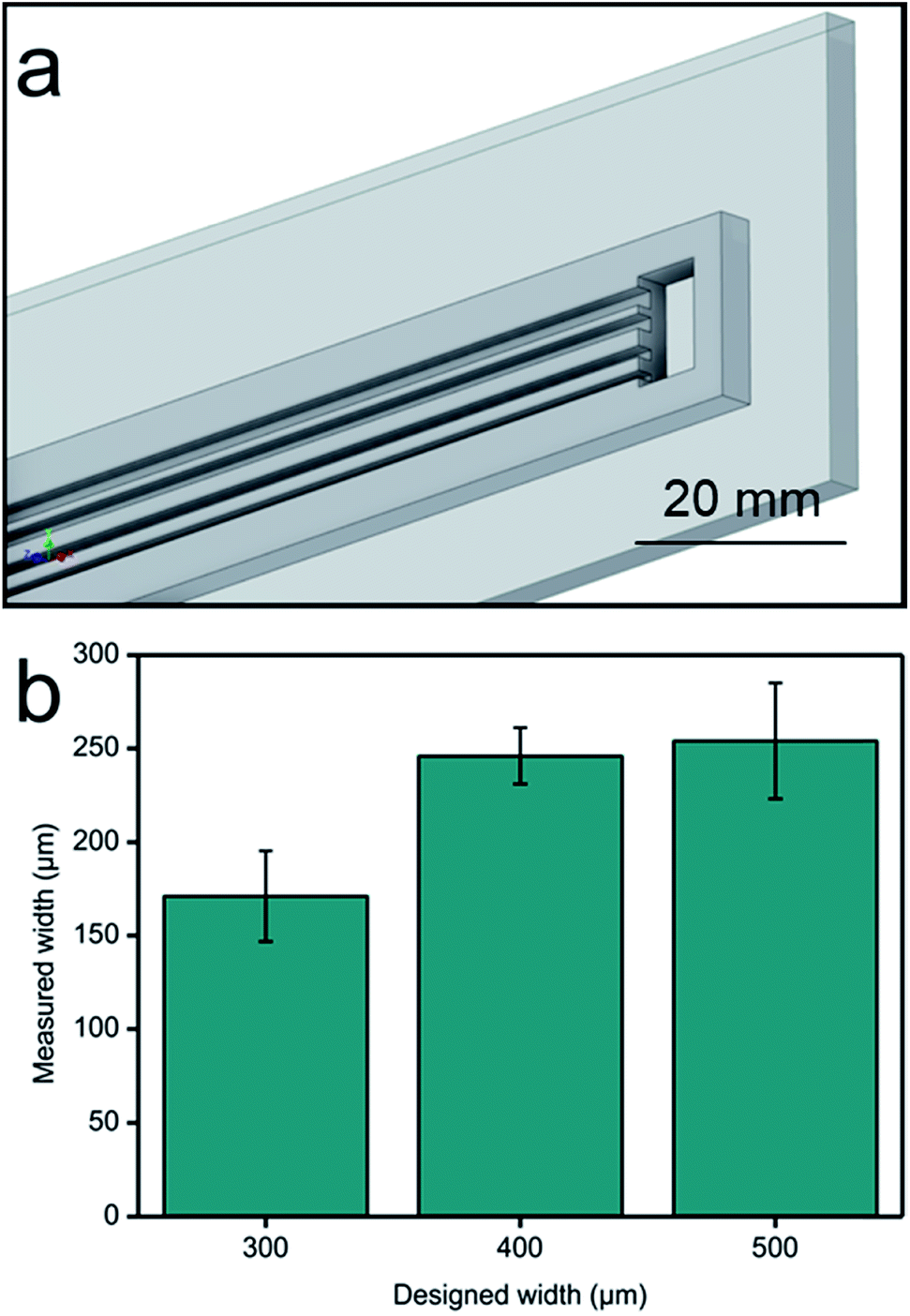
Only to fall. There are situations, however, in which a mixed approach can be used. Connecting limbs with joints does cause them to walk, or jump. The main problem with ragdolls is that they lack any motor control. Unity comes with a simple tool, the Ragdoll Wizard, which allows to quickly turn a humanoid model into a ragdoll. Nowadays ragdolls are pretty standard in games. The biggest disadvantage of ragdolls is that they are highly unpredictable, and often result in accidentally hilarious behaviours. It allows to have characters that realistically fall and interact with their surrounding. Such a task would be nearly impossible to replicate by using a predefined set of animations no matter how accurate they are. Just by relying on rigid bodies physics and joint constraints, it is possible to simulate how a person would fall. This does not only save budget on a “dying animation”. The idea is to create a humanoid body, and to connect each limb with joints that replicate the degrees of freedom that their real counterparts exhibit. One of the most simple, yet effective way to do procedural animations is by using ragdoll physics ( Wikipedia). By replicating the processes and constraints that govern the human body, it is possible to approximate realistic behaviours. Ragdoll PhysicsĪt the very heart of physically based animation lies the idea that character movements can be simulated. Let’s see how such a basic feature has been used in games to create physically based animations.

This is the same kind of simulation that game engines like Unity and Unreal normally use. In the rest of this post we will discuss a very specific subset of physically based animations, which relies on rigid body simulation.

A typical example is water you can animate it by hand, or rely on a simulation that takes into account fluid dynamics.

The basic idea is that the moments of a character can be generated procedurally. One of the most common technique to generate animations procedurally, relies on simulating physics. This often takes the name of physically based animations ( Wikipedia). If you dare venturing further, let me introduce you the concept of procedural animations. Large and comprehensive collections of animations are often available, and they well cover the most common behaviours such as walking, jumping and shooting. Traditional animations dominate the game industry although there are equally valid alternatives. This way of approaching characters movement is pretty standard in the game industry. Whether it was crafted by hand, or recorded using a motion capture suit, animations are predefined assets. When a character needs to perform a different movement, a different animation is required. Every time a character moves on screen, an artist has created that particularly movement. Character animations are, in most games, “static”.


 0 kommentar(er)
0 kommentar(er)
